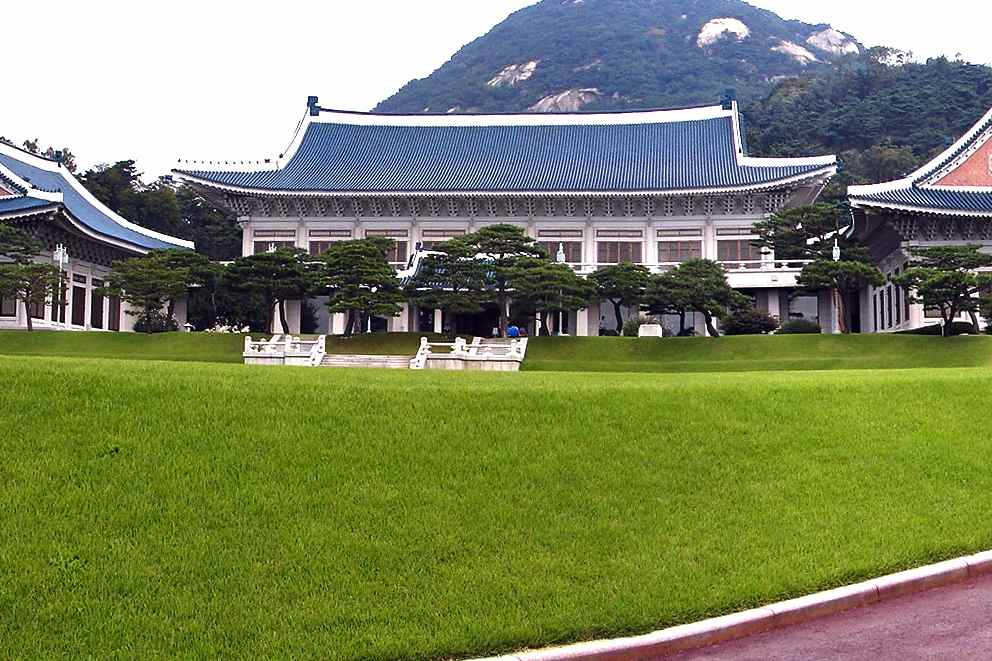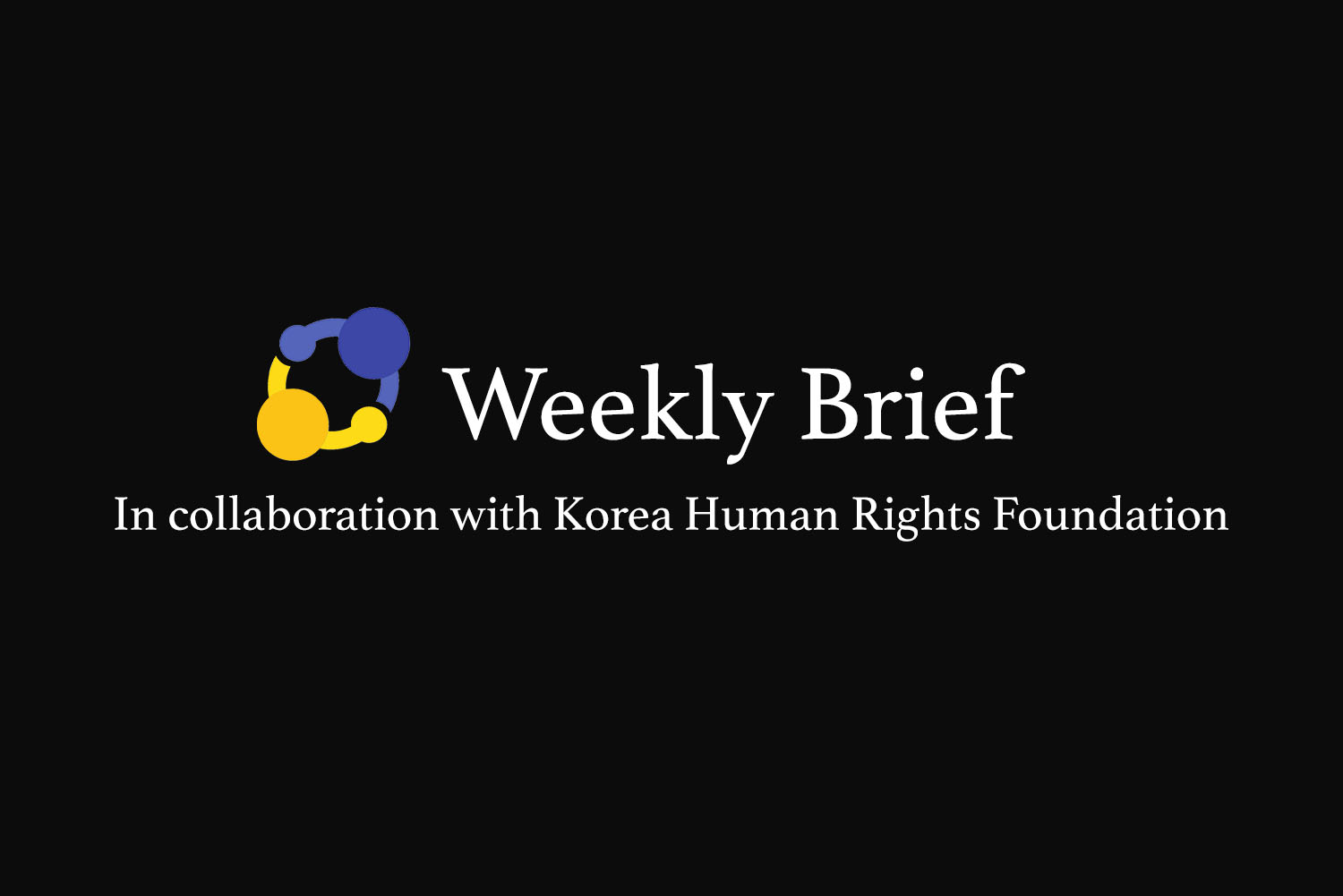
Park Geun-hye's Presidency Is Adrift
The Korean version of this essay can be found here.
Park Geun-Hye has been president of South Korea for just over two years, with almost three still go, and the emerging consensus here in South Korea is that her presidency already is adrift. Not a catastrophe — she is not the George W. Bush of South Korea — but flailing, opaque, and unfocused. Her administration’s endless staffing controversies and scandals have become emblematic. In January, after less than two years on the job, her approval rating had fallen below 30% — an astonishing collapse so early in a presidency.
Park’s curious inactivity, due to both the paralysis of scandal, and her own apparent unwillingness or inability to push major change, is becoming increasingly obvious. Unless Park takes some bold steps soon, her presidency is likely to go down as a caretaker one. She is becoming a bland, center-right defender of the status quo, guarding extant structures that may have served South Korea well in the past but most agree need for reform today.
Much of Park’s trouble stems from the obvious contrast in how she ran for president, and how she has governed. Her predecessor was an unpopular neoliberal conservative. In order to win, her campaign broke with that, running toward the social democratic center. It claimed that a Park presidency would make the economy fairer — wealth inequality has become a large issue in South Korea lately — expand welfare state support, especially for the elderly, and discipline South Korea’s largest corporations (the chaebol), who often act above the law (as illustrated in the recent hubris of the so-called ‘nut rage’ chaebol scion). All this was captured in the trendy phrase of South Korean politics in 2012: ‘economic democratization’.
But Park’s domestic coalition has little interest in liberalizing, social democratic change, and Park herself is very much a product of the conservative-industrial deep state of South Korea. In one of the first essays I wrote for the Lowy Interpreter I argued that she was unlikely to shake up South Korea, because she comes from the very domestic coalition that benefits from the status quo.
Her father was an earlier dictator of South Korea, Park Chung-Hee, who is strongly associated with both rapid growth and authoritarian politics. His policies helped create the chaebol. Park the daughter has, unsurprisingly, not wandered far from this script. She has cracked down on the media and a left-wing party, and in her inauguration, she promised another ‘miracle on the Han.’ (The Han River bisects Seoul, and the expression ‘miracle on the Han’ is a self-congratulatory Korean coinage for the country’s rapid modernization under her father.) Instead of desperately-needed reform of, say, education, child-care, trade policy, or corporate governance, she has offered more of the old technocratic-developmentalist recipe of her father, as if it is still 1975: five-year plans, government investment, more fetishizing of the trade surplus, soft loans for the chaebol, and so on.
But this is precisely what Park’s coalition wants. The chaebol have traditionally been closest to South Korea’s conservatives and their central political objective for decades has been to fend off serious anti-trust action. And Park was always a curious (read: unlikely) figure to take on these elephants of old South Korea which her father helped create.
Besides big industry, her other large block of support is the elderly. The strongest correlation of voting for Park in 2012 was age. To elderly South Koreans, the miracle on the Han and the chaebol are symbols of the glory days. For such voters who remember Park Chung-Hee, the concerns of modern liberalism — specious media prosecutions for defamation, or the constitutional destruction of an elected political party — are less pressing, or perhaps just par for the course. Whereas young Koreans are deeply ambivalent about Park Chung-Hee because of his evocation of dictatorship, older South Koreans are less so.
With a coalition like this, it would have been amazing had Park pushed through modernizing changes. She has occasionally tried to make the right noises. For example, she has called on South Korea to become a “creative economy,” in recognition that the industrial chaebol represent a manufacturing past increasingly out of step with a future based on an information economy. But unsurprisingly, she has sought to stimulate this the old-fashioned way – with state-led monies for approved firms. This is hardly the way to create Silicon Valley in South Korea; no one ever created a cool new gadget with a government bureaucrat looking over his shoulder.
And the list goes on: Park promised to expand the geriatric welfare state without raising taxes, which, not surprisingly, has proven impossible. Economic democratization (reducing inequality, reining in the chaebol) is no longer even talked about in the press. Despite being the first female president, Park has done nothing to fix South Korea’s crashing birth-rate or gender inequality. Yet again unwilling to challenge South Korean industry, she has not pushed for at-work day-care or maternity leave laws. After the Sewol ferry sank, Park proposed tepid reforms of the corporate mismanagement that led to the ferry being routinely overloaded and a threat to passengers. When criticized for the weak response, Park retreated into the opaque silence that has often characterized her administration.
Because her presidency will only last three more years, Park need not push much. She can coast, and should North Korea act out, her numbers will likely improve. South Korea’s structural rigidities — rapid aging, education conformity, ballooning consumer debt, and so on — will likely not boil over on her watch. But it is a shame to see all these serious problems kicked down the road to the next president.
This essay was first published in the Lowy Interpreter on 13 March 2015.

